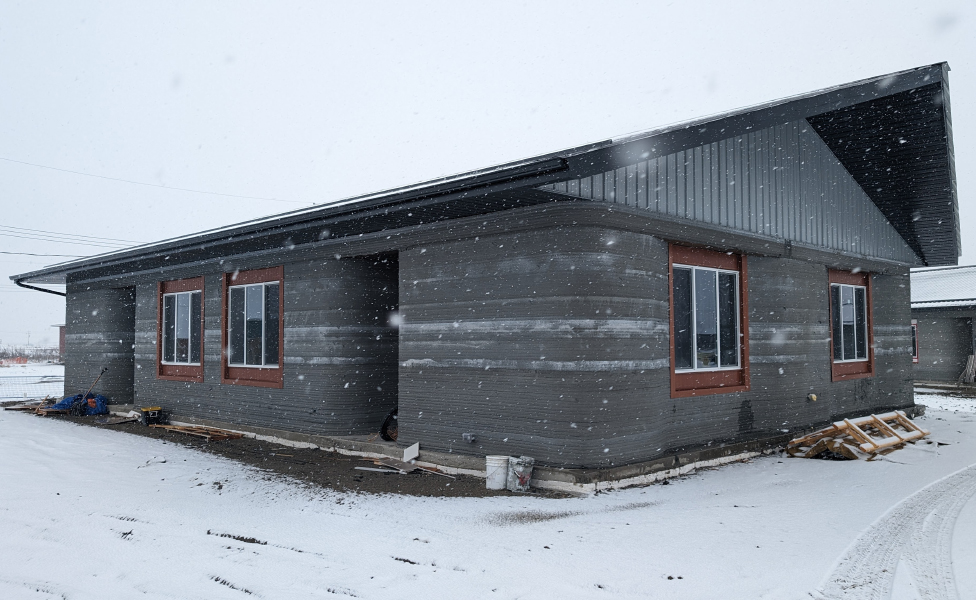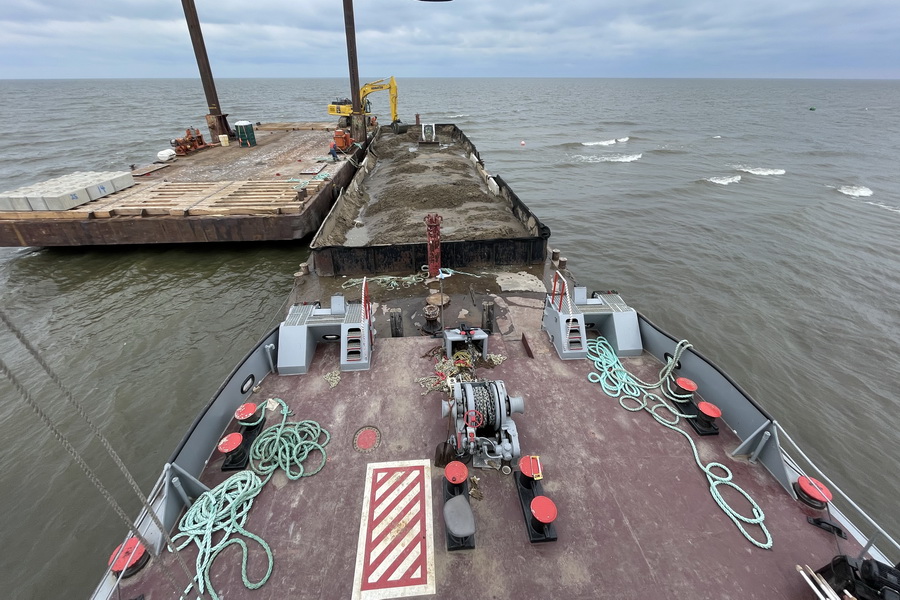Post-flood, source-water risk review and water system recovery plan protects water quality in the City of Merritt
July 25, 2023
Marta Green

In November 2021, an atmospheric river combined with a large, early snow pack, and warm temperatures led to wide-spread flooding of the roads, bridges, and water and wastewater systems in Merritt, BC. The city’s 7000 residents were evacuated for weeks, with some families still unable to return to their homes over a year later.
Associated has worked with the City of Merritt since 2012, when we assisted with preparing an integrated stormwater plan. In 2016, we completed a source-water risk assessment and protection plan. During development of the source protection plan, a Technical Advisory Committee was established, including planners, administrators, and operators, and regional health authority representatives.
Project Manager and Senior Hydrogeologist, Marta Green, tells us, "The Committee reviewed the drinking water hazard inventory, discussed the risk ranking (likelihood of occurrence x magnitude of consequence) of each hazard, developed actions to reduce the likelihood of hazards, and developed emergency response plans for hazards over which the City has less control."

Some key technical aspects of the Source Protection Plan that aided in the post-flood work included redundancy in the well field (the City has five wells, with four within the inundation zone, and only one well with electrical damage); redundancy in water treatment (three different ultraviolet (UV) and chlorine water disinfection stations); and source protection controls at the well head (data logger conduit openings at the well-head were plugged).
Five days after the 2021 flood, first responders allowed access to the technical support team to start recovery, and Associated's team mobilized to site. The project team had already instituted some flood protection measures.
"We reviewed the scouring at the river edge and at the well sites, as well as well-heads for evidence of breaches of flood water. We also reviewed the air photos of the upper watershed for signs of new hazards and contaminants of concern."
The team re-assessed the transport mechanisms to assign the “likelihood of occurrence”, including “direct entry”, “preferred pathways”, and groundwater recharge. They found that no flood water entered the secure well-heads, and no major preferred pathways were identified. The team determined that the well water was safe to drink, once treated to meet drinking water treatment objectives for Groundwater at Risk of Containing Pathogens (GARP) wells.
The project team also met with Interior Health’s Drinking Water Officer and City operators, to review the new draft risk rankings and the action plan. The actions taken included re-contouring the scoured areas around the well-heads, and a robust sampling program to confirm the updated conceptual model of groundwater flow.
For the water system recovery plan, the team set up “trigger” field parameters, so the operators could quickly test if a well contained “flood water” or “well water”. We also created a GIS database to show “pass” (green) and “fail” (red), to focus on target areas.
The Source Protection Plan was updated to consider emergencies and potential disasters; extra effort was made to ensure the well logs and details were easy to find.
Process Mechanical Engineer and Water System Recovery Lead, Matt Lozie, says, "As a result of our planning and preparation, as well as our strong relationships with the City, we worked as a team under an extremely stressful environment. The City was able to reduce the Do Not Consume Order and then remove the Boil Water Advisory within three weeks."
Associated is also supporting the City's flood mitigation planning, and wastewater receiving environment sampling and reporting. The flood planning and dyke building is currently in early planning stages. The City is working on a plan to make sure the well infrastructure can withstand a flood event, including having all electrical panels above the flood level, air release valves for well flushing above the flood level, sealed well-heads, and remote treatment operation.
Our key personnel on the project include Marta Green, Christine Indrigo, Aaron Yarumchuk, Matt Lozie, and Grant Dixon.







